A JOURNEY TO THE ‘CRADLE OF MANKIND’
Paleontology, the Leakey’s and their Lake Turkana life has been a hot topic of late. Angelina Jolie is soon to be directing a big budget film on Richard Leakey’s life, a vast majority of which was spent excavating the origins of man around Lake Turkana. A few days ago the BBC wrote about an ancient ‘massacre’ unearthed near Lake Turkana. Excitingly, archaeologists say that they have discovered the earliest evidence of warfare between hunter-gatherers to be scientifically dated.
Being face to face with the relics of mankind is a thing of dreams. This year, The Safari Collection makes this dream a reality, as we now offer an epic adventure to the ‘birthplace of humanity’.
Come on a privately guided helicopter safari to the Turkana Basin Institute where the legendary Leakey family have been unearthing clues to our past for generations. Our itinerary will take you on a journey to discover the ‘cradle of humanity’ whilst surrounded by incredible wildlife and dramatic scenery. On this adventure you will walk within ancient forests, on barren terrain where lava once bubbled and amongst the tribal people living on the wild, remote plains of north-western Kenya.
Mikey Carr-Hartley recently travelled to Lake Turkana from Solio Lodge and this is what he saw…
‘As the sun creeps over the rocky crags of the snow capped peaks of Mt. Kenya the helicopter lifts off skimming over the tops of Solio’s yellow fever trees and heading north, over western Laikipia. Suddenly we descend over the edge of the Great Rift Valley.
We fly northwest into the ‘Hudu Valley’. Large granite/lava rocks perch on top of eroded volcanic ash stacks (called Hudu’s). The rocks are bright red and magenta and the river flows through the valley, a sight not seen for many months. This oasis is almost like a fairy-tale.
After the Hudu Valley we turn slightly north into the ‘Painted Valley’. The colours of the different strata of rock and volcanic ash are almost like a rainbow. Rugged and vast the Painted Valley sprawls on for miles and miles, ever changing and always getting hotter and hotter the further north one travels.
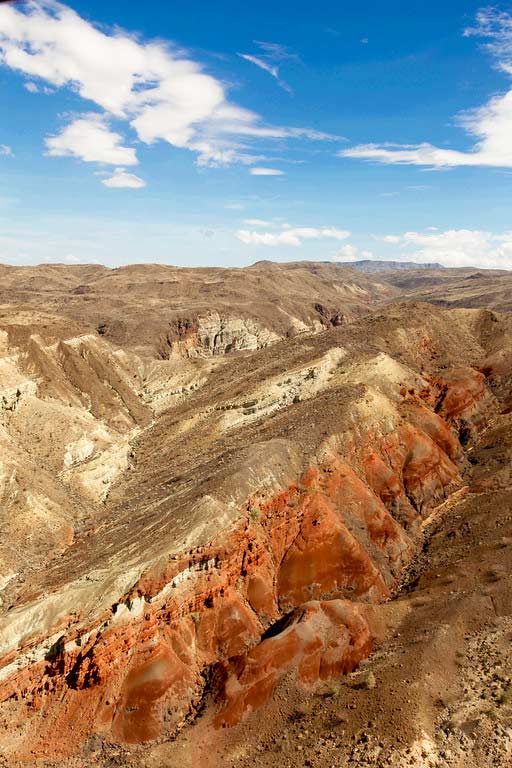
The Painted Valley opens up into the ‘Suguta Valley’. A 30km flat open expanse of grassland, palm trees and a large free flowing river. The constant winds that blow across the Suguta Valley pile up sand at the north-western edge of this huge vastness. The sand dunes go on for miles and miles. It is 10.30 am and already we are closing in on 100’ F. The silence in the dunes is eerie; there is no sign of living life anywhere. This is an uncommon phenomenon in Africa today.
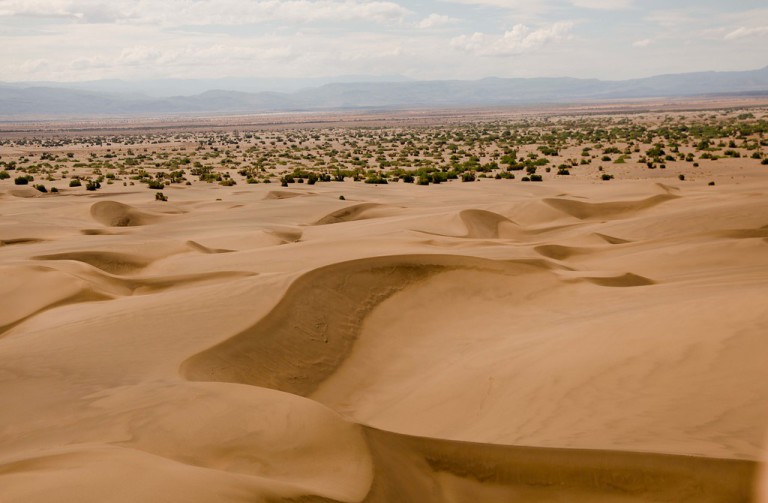
From the Suguta sand dunes we head to the Suguta crocodile pools. An oasis of crystal clear water in the middle of the desert, full of amazing birdlife, crocodiles, monitor lizards and fish. As we zip through the lava-encased pools, the grey lava intensifies to jet-black and flows across the entire valley. The landscape suddenly changes, from black lava to a pink and white mirror; soda flats and soda lakes dotted with thousands of pink flamingos. The flamingos scatter in all directions.
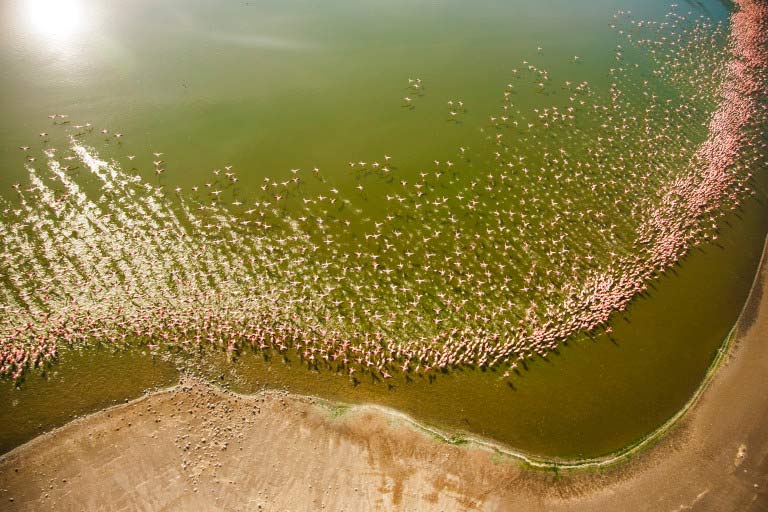
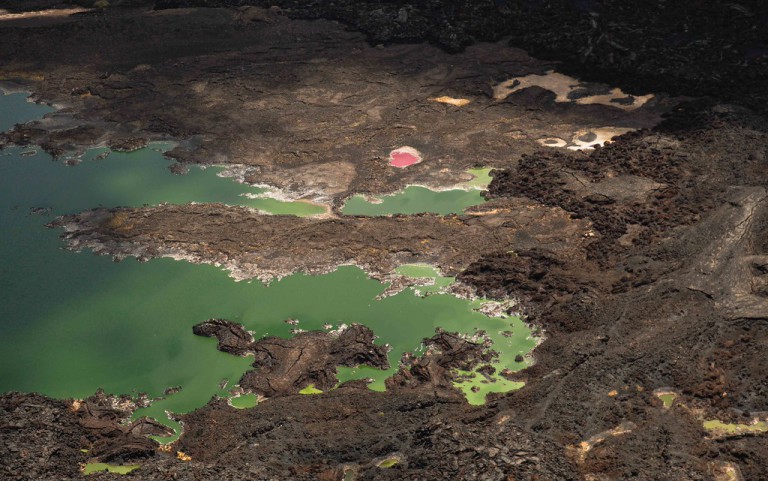
In front of us stands the last barrier before the Jade Sea, a massive 500ft wall of jet black lava. Steam jets erupt sulphurous fumes from within the heart of the black moonscape. For 20km everything you can see is black, once molten lava. Finally we rise up enough and can see the Jade Sea. Stretching herself into the distance as far as the eye can see. The lava flow beneath us is the barrier that blocks the outflow of the Omo River, creating Lake Turkana.
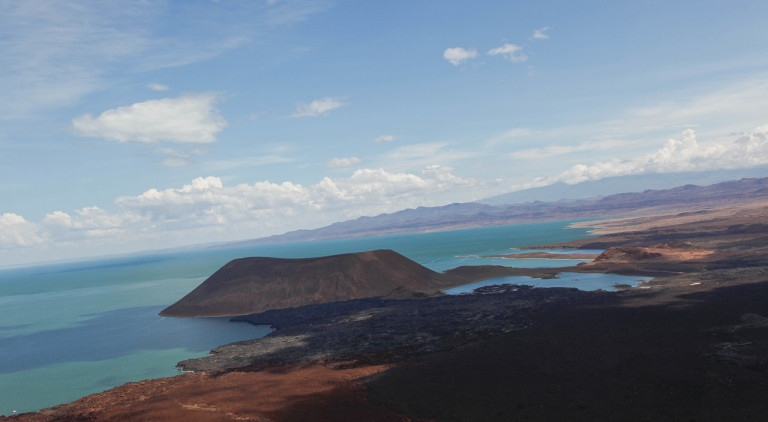
The southern most point of the lake is home to a perfect volcanic cone, called Nabiyotum. Barren and rugged, this landscape is so raw and beautiful. I climbed this volcano as a child after fishing for Nile perch on the shores of the lake below. To see it again, so stunning and untouched was a moment of surreal happiness.
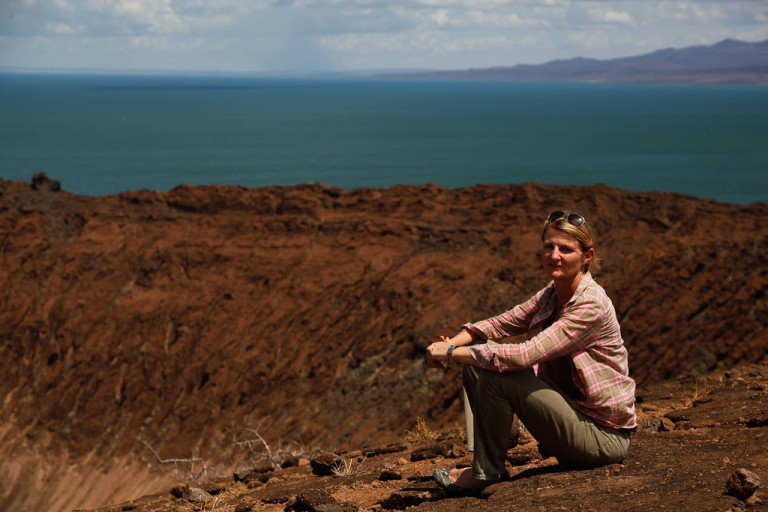
We fly west to Lothagam. The colossal hills at Lothagam are a result of volcanic uplift from the earth’s core. This ‘uplifting’ has exposed a multitude of sediment layers, millions of years old. This is an ideal theatre for the explorations and excavations of the Leakey family. Dr. Louise Leakey describes the history of Lothagam and how to search for fossils. Soon we are on a “hunt” for the next 3.3 million year old Hominid. There are lots of fish, crocodile and even antelope fossils but sadly no early man.
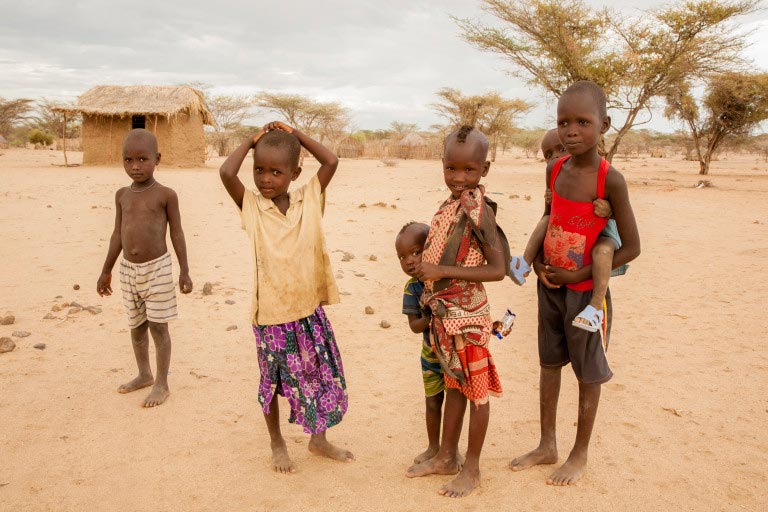
We continue northwest to the Turkwel River, where the Turkana Basin Institute is located. A dusty flat desert dotted with traditional Turkana palm thatched homesteads and hundreds of camels ambling across the desert in single file, casting long shadows in their wake.
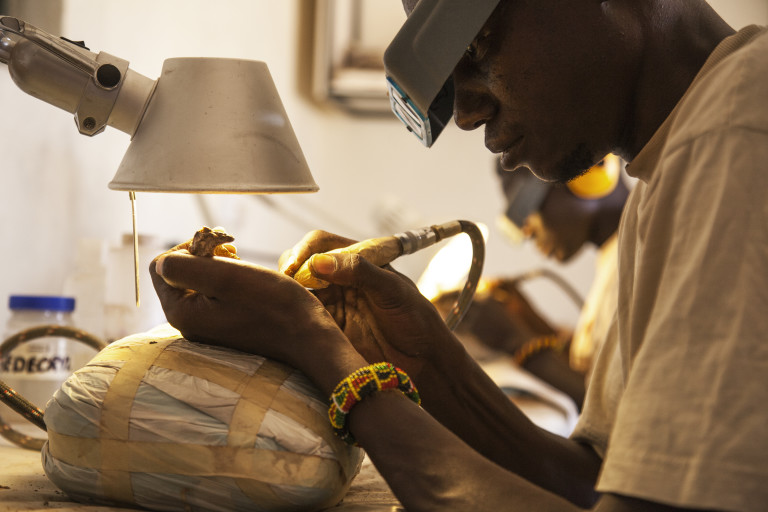
The Turkana Basin Institute was the brainchild of Dr. Richard Leakey. Together with Stony Brook University they have managed to create a research facility in the heart of the origins of mankind. They have facilitated the easy access, the research and the equipment to conduct extensive excavations and findings. Palaeontologists from all over the globe now have access to some of the best fossil sites in the world. Those who work at both TBI Turkwel and TBI Illeret (on the other side of the lake) are local Turkana and Dasanich people. They have been trained by some of the best palaeontologists and archaeologists in the world.
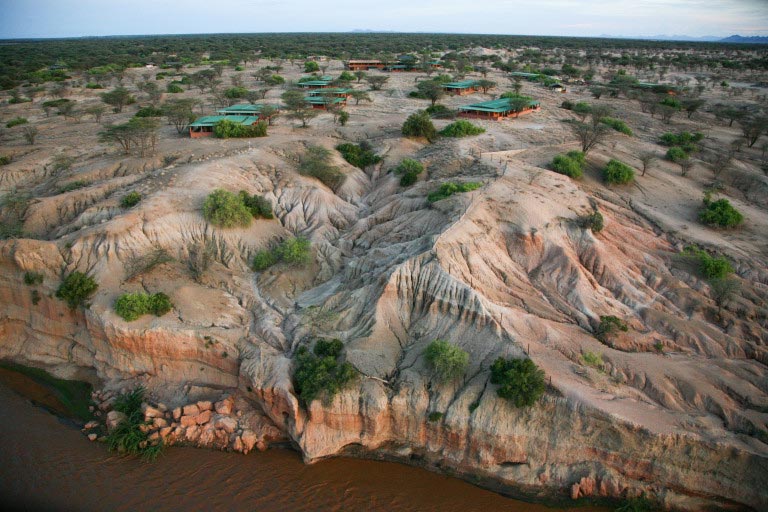
At 4pm we board the helicopter to cross into the middle of the Jade Sea onto Central Island National Park. The island is a haven for both birdlife and monster crocodiles. There are three incredible cones within the island, full of birdlife and algae. The crocodiles slowly meander the shores looking for unsuspecting prey. The helicopter circles the largest cone and the flamingos explode, it’s like being in a pink tornado.
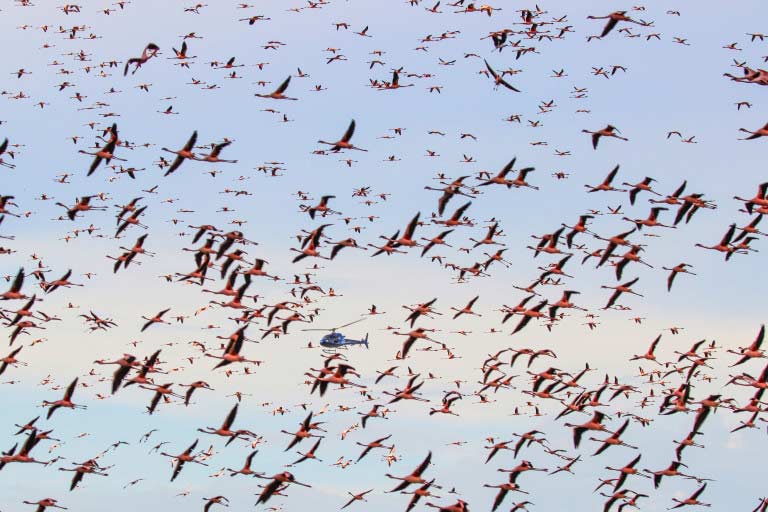
The following day we visit a site called ‘South Turkana’. This area has an appearance of white chalk rolling dunes. Louise describes how the team from TBI search the area looking for fossils protruding from the soil. After discovering a fossil they sieve, brush and search on hands and knees in the intense heat for days. Every fossil found is located and given a number.
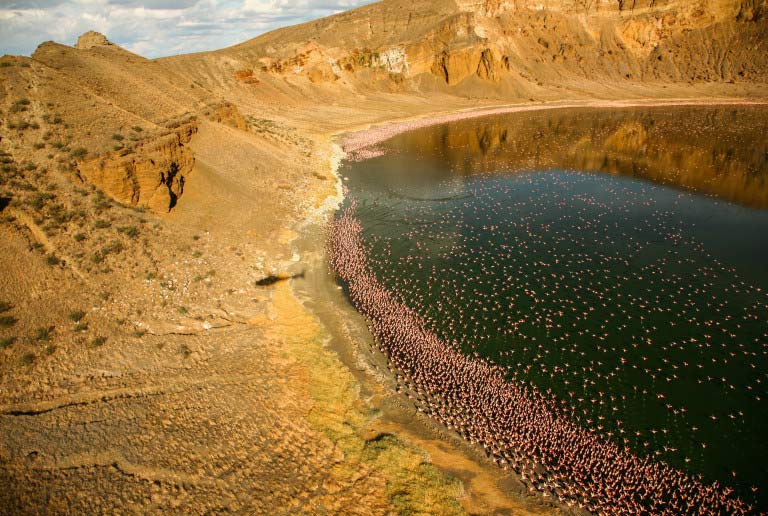
Back in the lab at TBI, the technicians slowly and carefully clean every millimetre of the fossil with air and a dentist tool. They paint a hardener onto the fossil once it is clean and then try to piece together the puzzle of hundreds of tiny fragments.
Sonja (a researcher from TBI) and her stone tools are fascinating. At first glance they definitely look just like another rock! But her enthusiasm and passion is contagious and she soon convinces you otherwise. All of the discoveries of Hominids are kept inside a bank like vault at TBI for safekeeping.
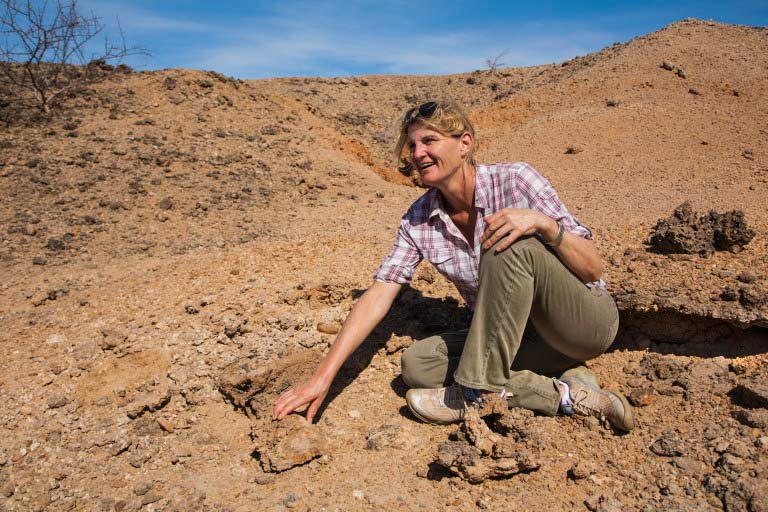
The following morning we fly across the lake to Loiyangalani in search of El Molo fisherman. Alas the Turkana has overrun most of this tribe, the lake is low and the fish catches are slim. Their houses are rudimentary and simple. Being nomadic the El Molo move with their boats and fish catches, splitting and drying their catch in the sun with salt.
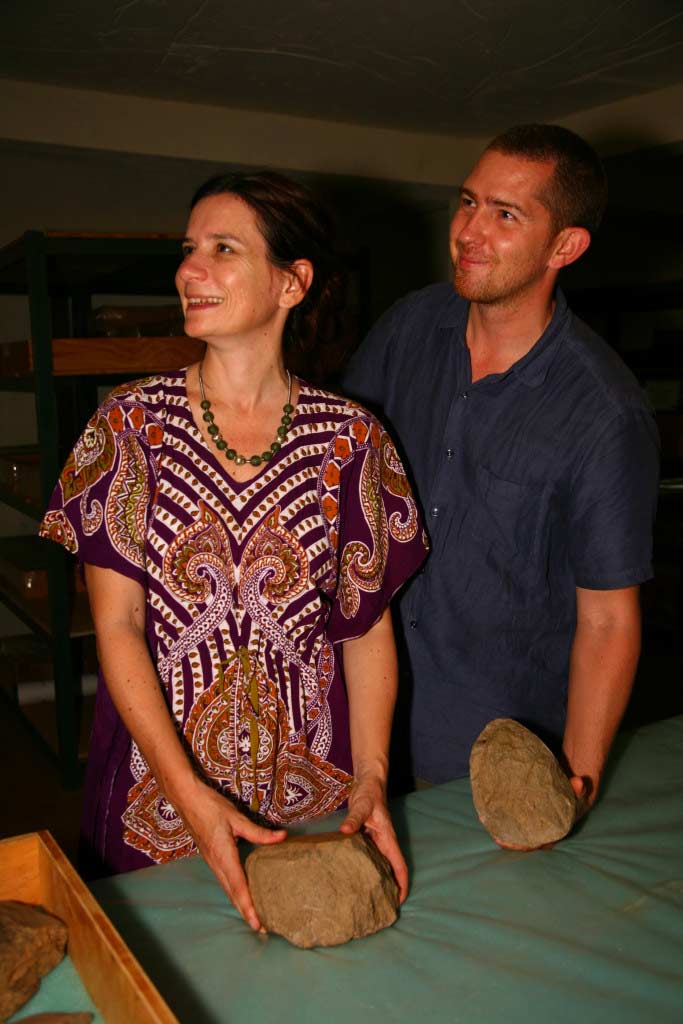
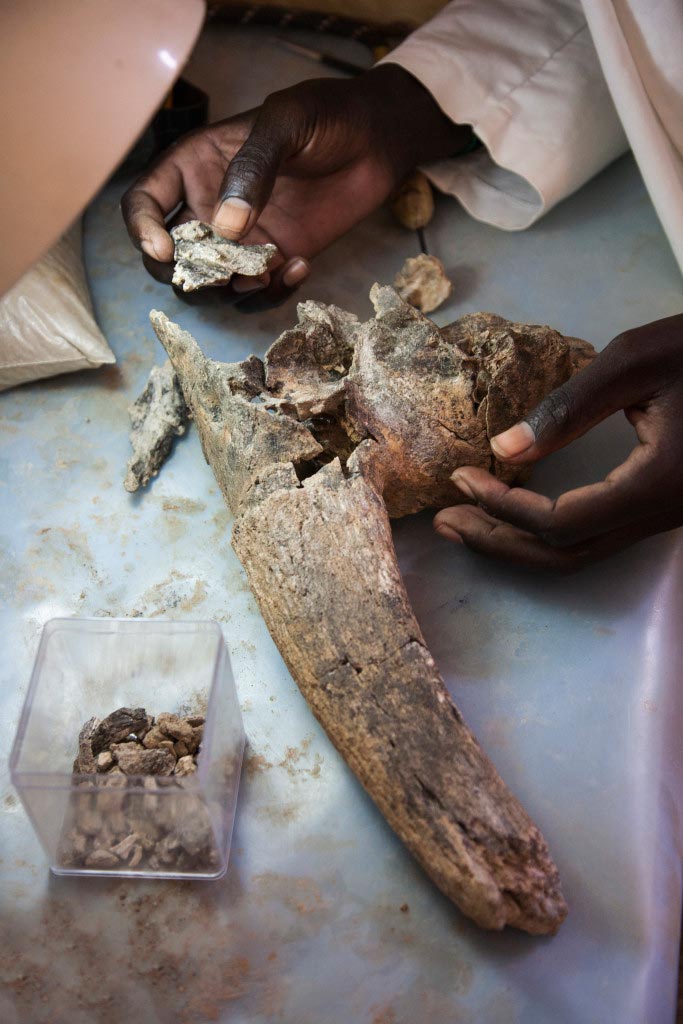
The flight back to Sasaab takes us back past the ancient mountain of Kulal, South Hor, the Ndotos and the Mathews Range, where 2000-year-old ancient Cycad forests flourish.
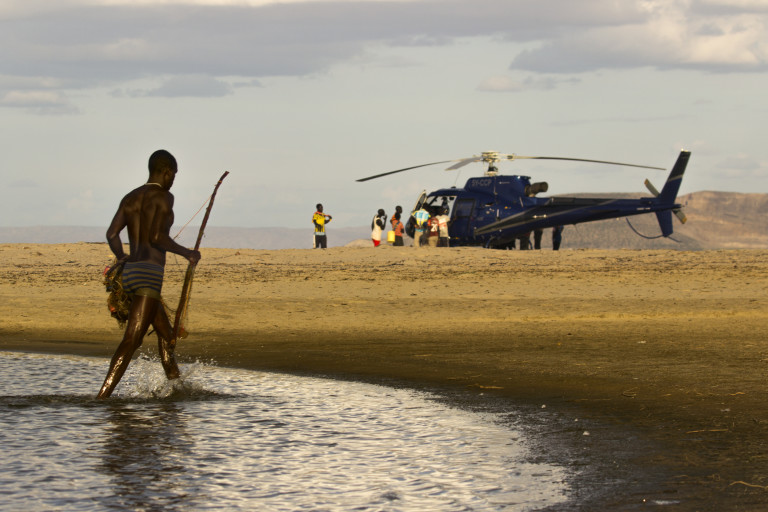
There are very few areas left in Africa as remote and unspoiled as Lake Turkana. With the ever increasing demands from a growing population this ecosystem is about to change. Water levels in the lake are dropping which means that the salinity of the water will increase, fish catches will decrease and ultimately an already barren lunar landscape will no longer have the carrying capacity to support the populations around the lake. Without a solution the consequence will be overgrazing and the production of charcoal to sustain a population.’
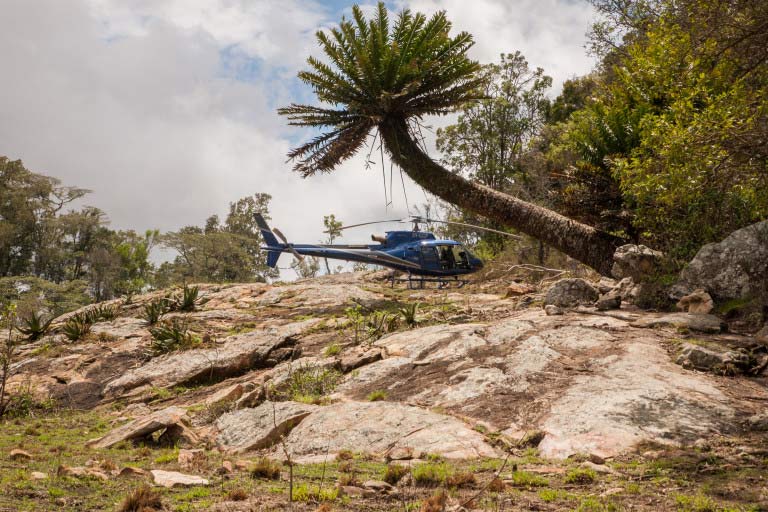
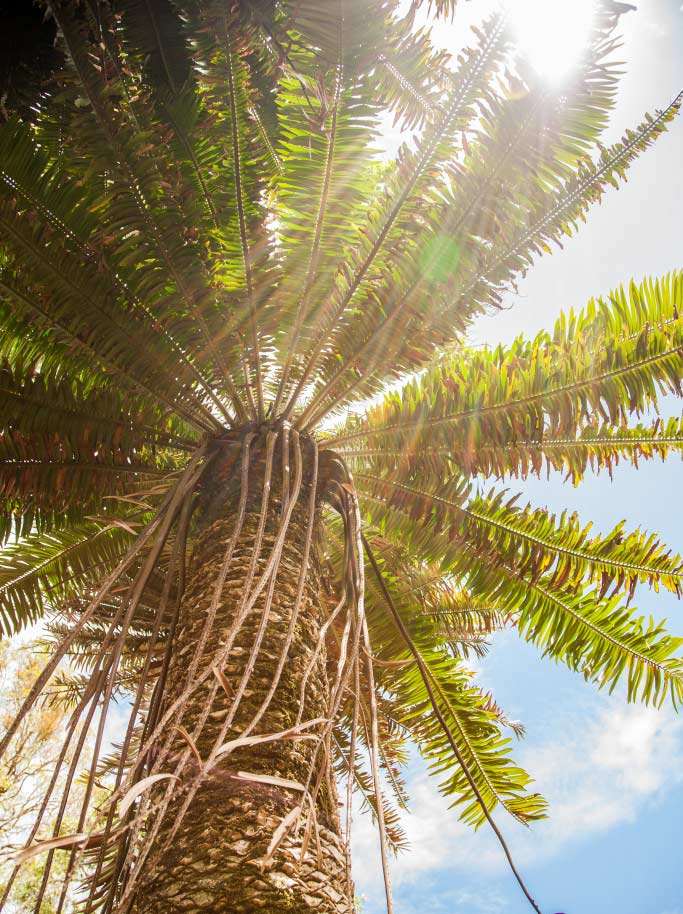
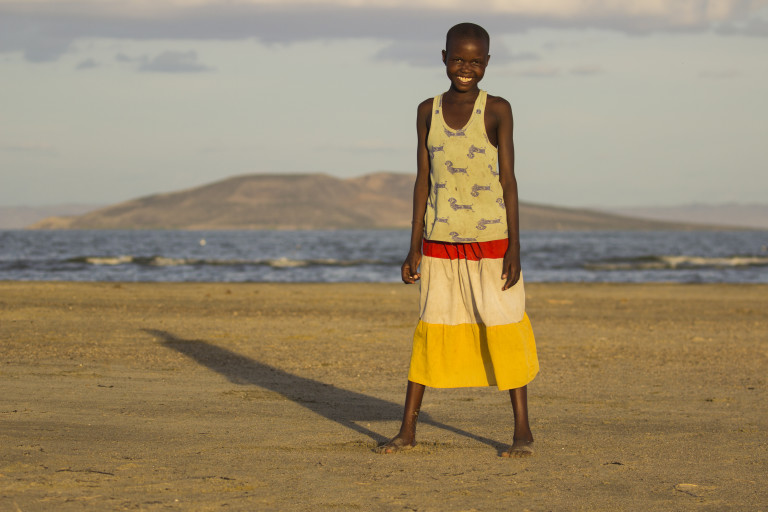
Martin Fletcher accompanied Mikey on this trip. Read his account of this epic journey published in the Financial Times. Follow this link cradle of humankind tour to see the day to day breakdown of Mikey’s itinerary and the costs to go on this bucket list expedition to the ‘cradle of mankind’.
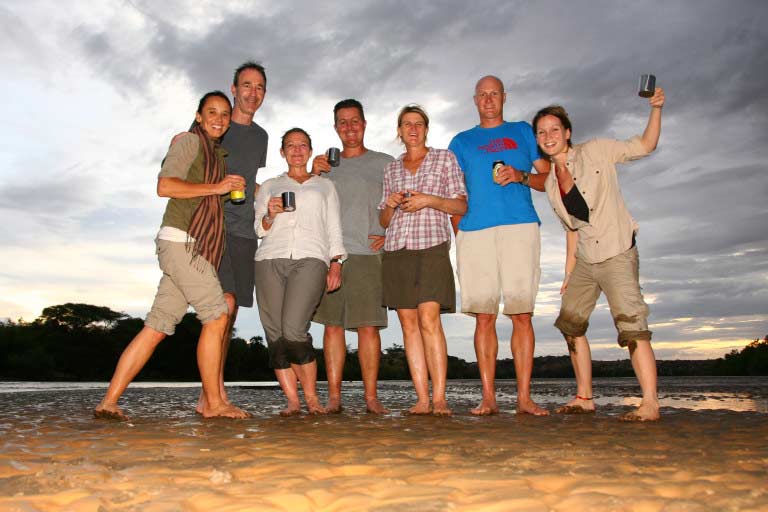
RELATED NEWS

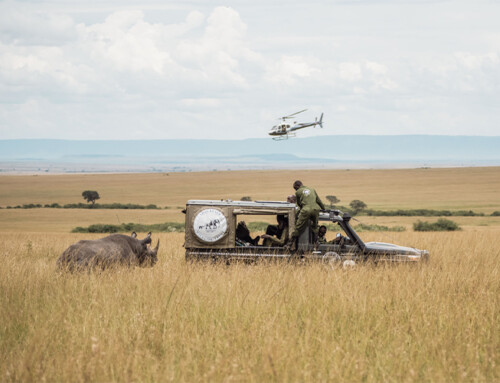
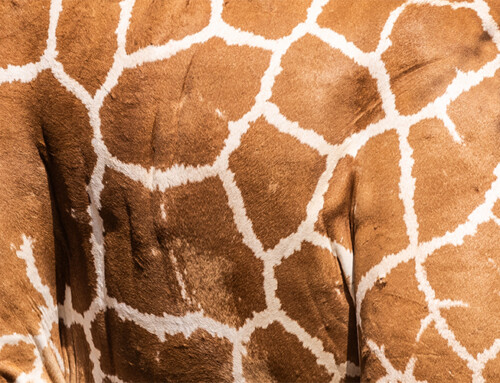
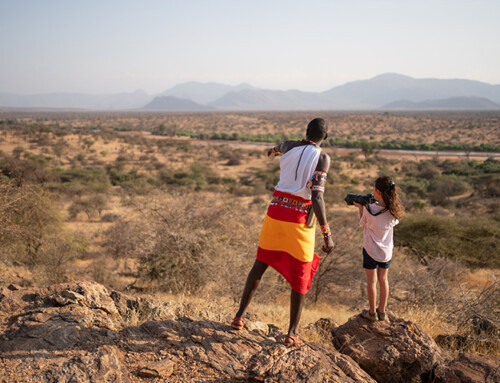
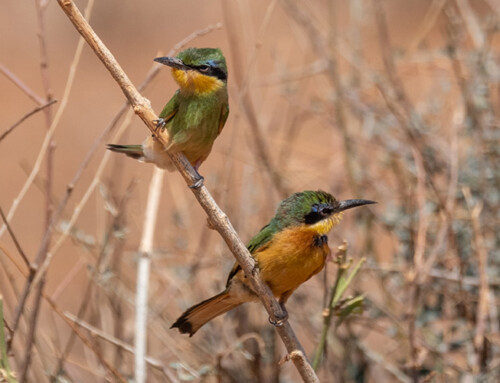
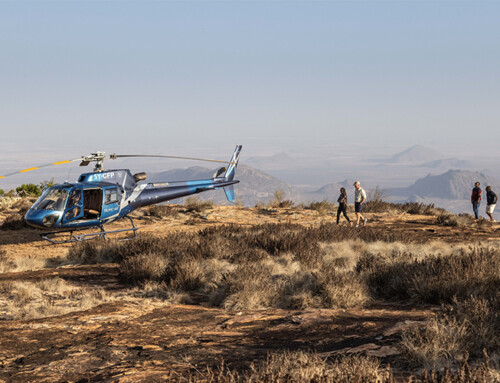
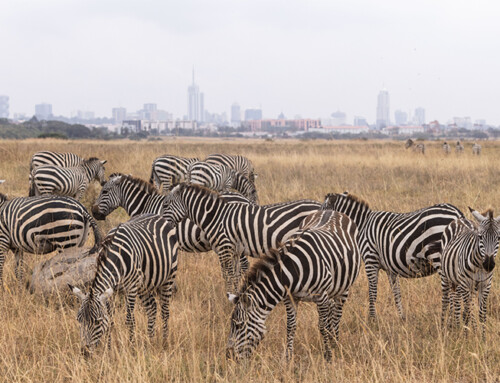
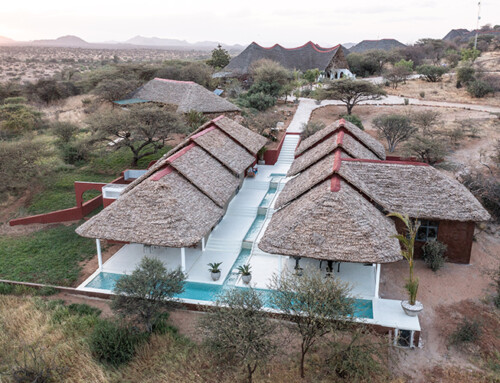







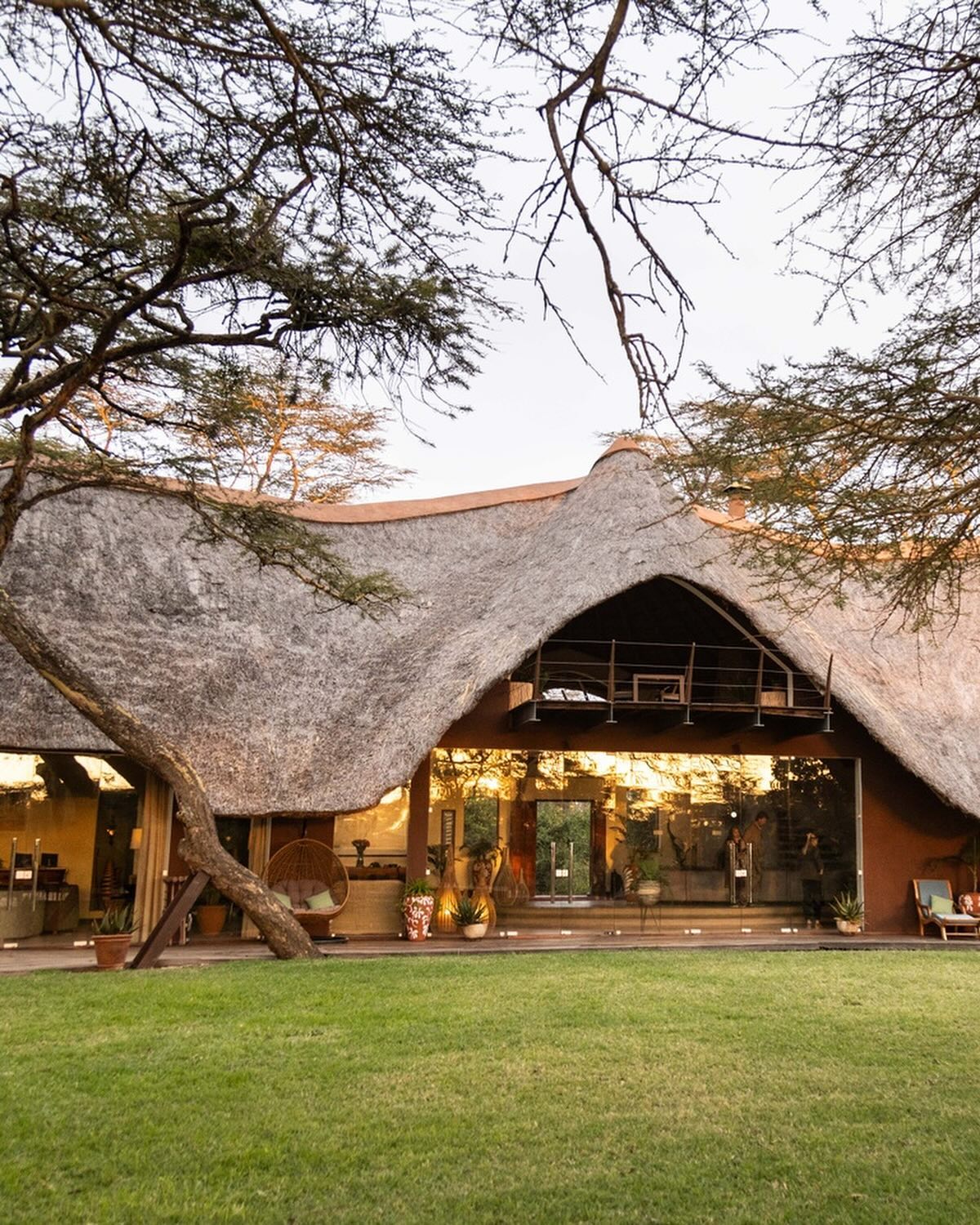
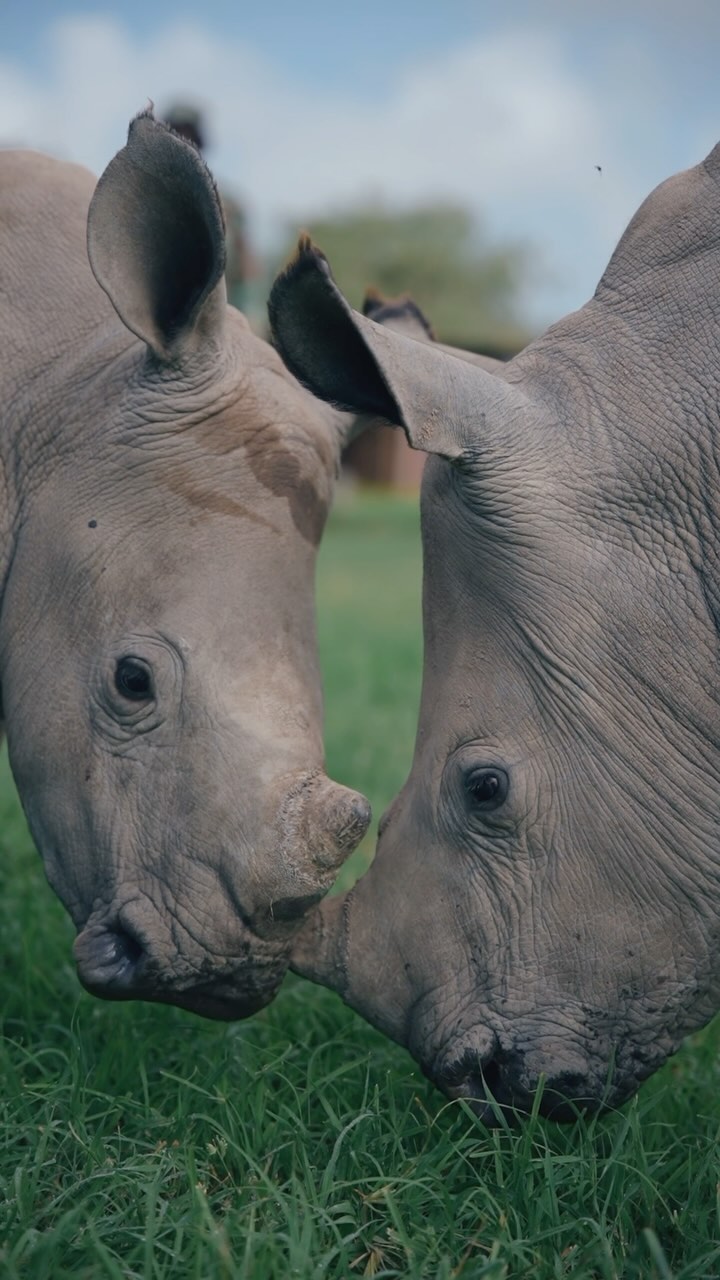
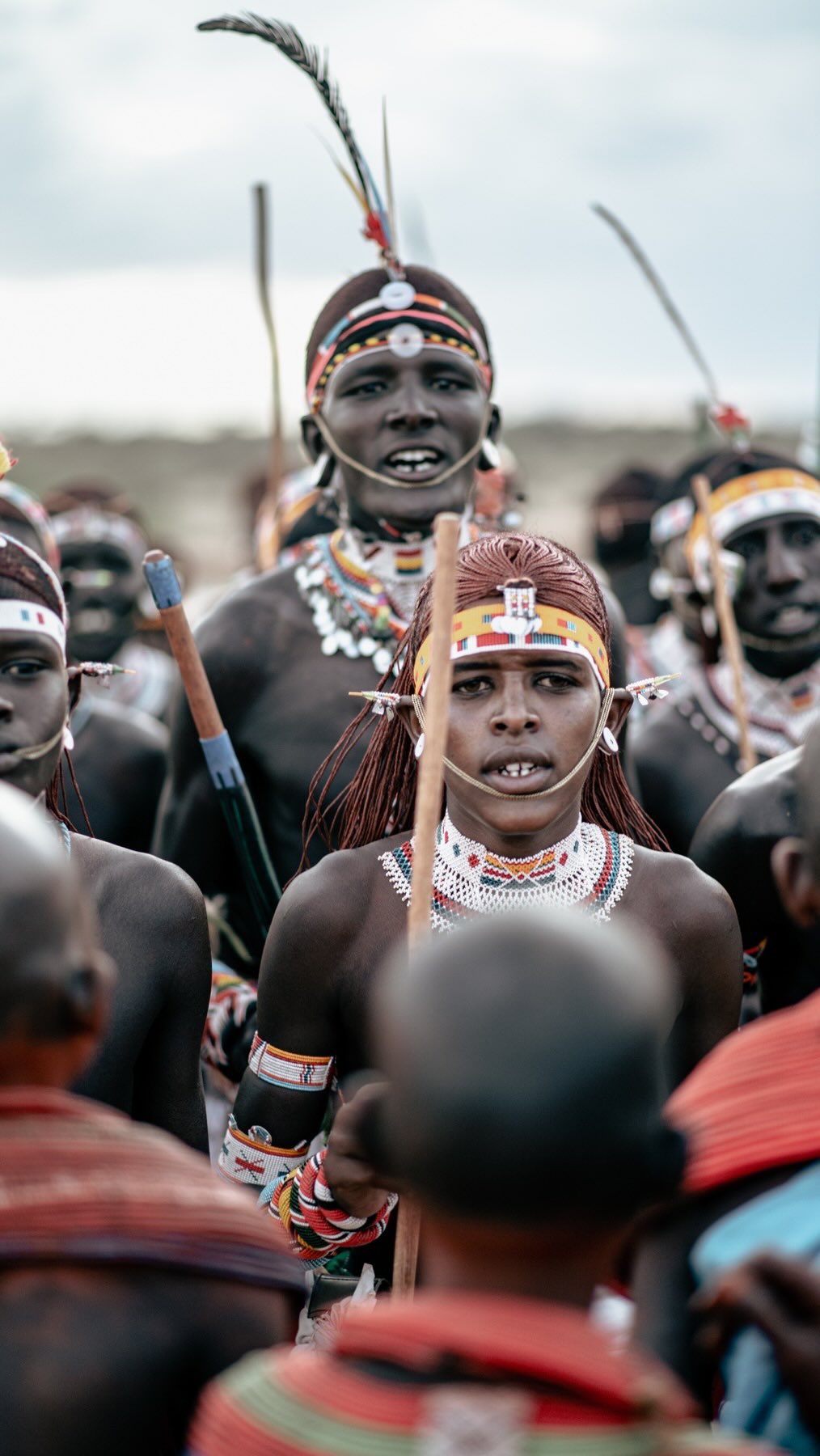
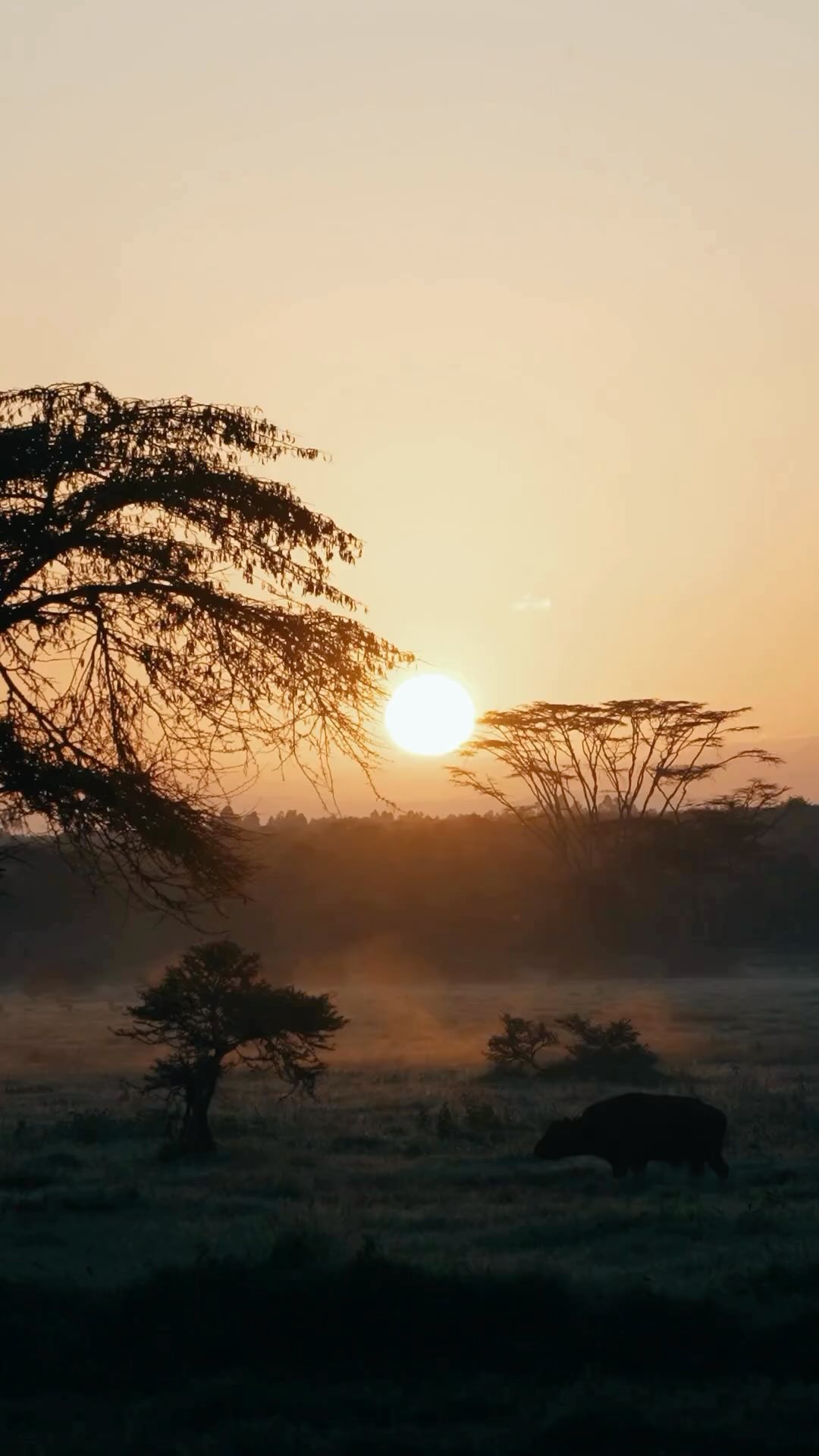



CONNECT & FOLLOW